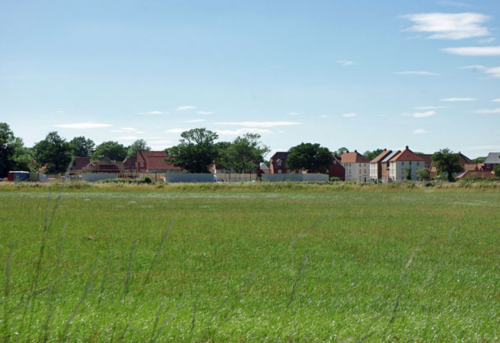Greenfield sites tend to be large vacant areas of agricultural or undeveloped land based in rural areas or cities. These unoccupied areas are normally considered for urban development projects due to some benefits.

There are benefits in a greenfield location, for example, it can be a lower cost development compared to other non-greenfield sites.
A greenfield site is essentially a blank canvas which provides flexibility for developers when constructing a structure. It could also be a good cost effective opportunity as there are no previous properties to demolish and remove.
With the added benefit of no road markings, the land can be adapted to fit the developer’s desired construction plans. Many Greenfield plots provide freedom for the development firm to implement pilling to support the foundations without being hampered by a previous development.
Greenfield sites also have the advantage of avoiding interfering with the local residents which limits disruption.
We have discussed some of the benefits which would make a Greenfield project efficient but it’s important to consider the negative factors of such a development.
One of the major elements with a Greenfield site is the impact on wildlife and the loss of countryside. The government is keen to prevent such loses to the countryside, a recent report shows that they are encouraging developers to invest in Brownfield sites, previous occupied development land.
Campaign Protect Royal England (CPRE) is looking at reducing greenfield site development.
Rebecca Pullinger, a Planning Campaigner at CPRE, commented: ”
“Whilst the increase in the proportion of development taking place on brownfield land is promising, the lack of reduction in greenfield development is alarming news for those who love the countryside.
Without a clear, national policy that empowers councils to refuse applications for housing on greenfield land where suitable brownfield options exist, our cherished countryside will continue to be ripped up at an alarming rate”.